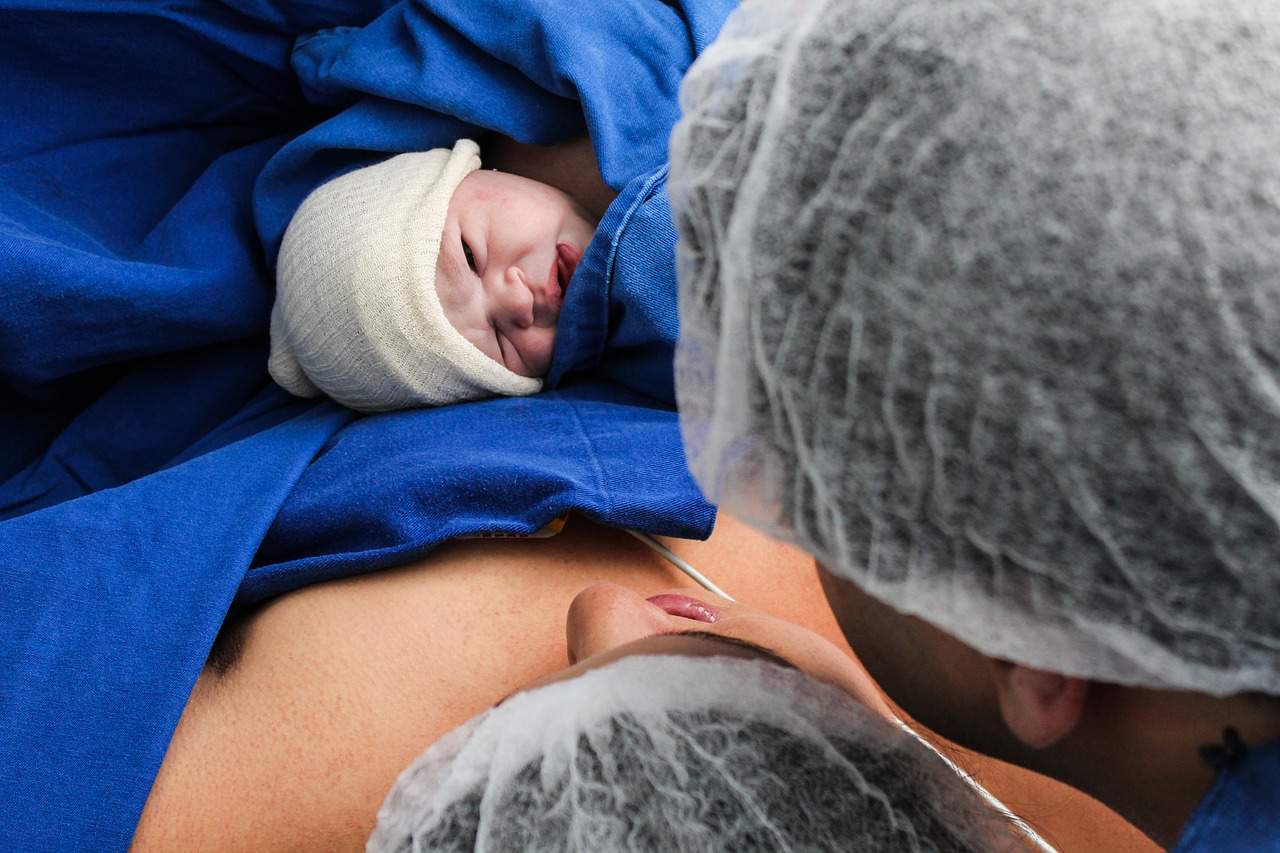Eurostat survey: Hungary’s fertility rate is EU average, but number of teenage mothers is on the rise
Napi.hu reports the results of the latest survey conducted by Eurostat, the statistical office of the European Union, about fertility rates in the EU Member States. The study analysing data from 2016 shows that more babies were born than in 2015, and compared to other EU countries, Hungary has an average fertility rate preceding such Member States as Slovakia, Croatia, Italy or Spain.
The latest study on fertility rates is based on a large amount of data collected by Eurostat related to demography in the EU Member States. The focus of the research was to compare the total fertility rates of countries in the EU, but surprising results were brought to light both about the number of teenage mothers and about the number of children born in the participating countries.
The TOP 3 countries where fertility rates were the highest are France (1.92 births per woman), Sweden (1.85) and Ireland (1.81), but Denmark and the United Kingdom (both 1.79) also achieved outstanding results. Consequently, it can be stated that northern countries were found to have the highest fertility rates in 2016.
Meanwhile, those at the bottom of the list might also be important to mention for instructive reasons. It was found out that Spain and Italy (1.34), Portugal (1.36), Cyprus and Malta (1.37), Greece (1.38) and Poland (1.39) showed the lowest fertility rates.
These results are in correlation with the ones related to the age of first-time mothers since it was in Bulgaria (26.0), Romania (26.4) and Latvia (26.8) where women gave birth at the youngest age among the participating countries.
In addition to this, the age of first-time mothers surpassing 30 was common in Italy (31.0), Spain (30.8), Luxembourg (30.5), Greece (30.3) and Ireland (30.1), too.
Therefore, concerning the results of Spain and Italy in this category, it is not surprising that the lowest fertility rates were also documented there.
The number of teenage mothers, who were less than 20 years old when giving birth, was the highest in Romania (14.2% of total births in 2016) and Bulgaria (13.6%), but Hungary (10.8%) was also among the TOP countries. In contrast, a high number of women from Italy (7.2%), Spain (6.6%) and Greece (5.3%) decided to give birth to their first child over the age of 40.
/ec.europa.eu/eurostat/In 80% of the births taking place in 2016, women gave birth either to their first or their second child while third babies only accounted for 12.2% of the total number. The frequency of women having a fourth or a subsequent baby was even lower by 5.9%. However, Finland (10.1%), Ireland (9.0%) and the United Kingdom (8.5%) were the TOP countries where women gave birth to more than two children.
Concerning Hungary in this category, a decline can be witnessed, that is, there are less women who gave birth to three or more children.
While 47% of Hungarian mothers gave birth to their first child in 2016, only 32% of them had a second child. The number of Hungarian women having a third child (13%) or a subsequent baby (7%) was further evanescent.
If you are interested in the study, you can read it in its full length here.
Source: napi.hu; ec.europa.eu/eurostat
please make a donation here
Hot news
Government increased the threat of terrorism in Hungary? – here is the official answer
SZE’s collaboration with industry exemplary – says Stanford University professor
Holocaust Remembrance Day: President Sulyok spoke about his father’s Nazi past
Forint exchange rate: Hungarian currency at an alarming 6-month low
Shocking Trends: Cost of rent in Budapest and nationwide goes through the roof
IMF lowers Hungary 2024 GDP growth forecast to 2.2 pc



